Introduction
This short blog post discusses an attempt to make test leads for hopefully better measurements!
Measuring small resistances is really difficult with the usual 2-wire measurement with multimeters. The multimeter will measure the resistance of the leads as well as the resistance-under-test. Although this could in theory be nulled out, the result can still be poor because the connection still depends on the variable resistance between the probes and the device, i.e. contact resistance. This can vary by tens of milliohms, or a lot worse (hundreds of milliohms). It’s not possible to easily apply a precise, unchanging amount of force using the test probes.
How can it be solved? The multimeter passes some current through the device, and measures the voltage to derive the resistance using R=V/I. But, that voltage happens to be the sum of the voltage across the device under test, but also the voltage across the red and black test leads (because the current is passing through them too and developing a potential across them), as well as the connectors or contacts. It follows that if a separate voltmeter was used to measure the voltage using two separate probes, the measured voltage would not include the voltage across the test leads and contact resistance. That’s the solution – find a bench meter with 4 connections on it. This solution is a 4-wire measurement (also known as a Kelvin measurement). The diagram below shows how it works. The thickened wires carry the driving current to make the measurement. The voltmeter is of a very high impedance and no significant current passes through the wires directly attached to it. With this method however, it is awkward to have 4 test leads or test clips. It’s a messy amount of clips and wires.
But, there are some nice reasonable cost test clipstest clips with dual isolated metal contacts that can be used instead - they will grip the wire of the device under test on both sides, with a separate connection. They are very fancy gold-plated parts, for about £8.50 / $11 USD each. I also picked up some nice gold-plated banana plugs in redbanana plugs in red and blackblack, and set about assembling it all together.
Note that for cheaper clips, there is ebay, but word on the street is that some may be constructed of aluminium with some gold coating. It shouldn't be an issue, but it is a judgement call if that is ok. I've been bitten in the past by strange gold plating on connectors that darken or discolour over time, so I avoid any gold-plated connectors from ebay. I am only going to be making one or two sets of these for my personal use, so I want them to last, so I went with the known material clips.
There are also ready-made test leads from ebay, that cost under $10, so that’s another option. However they may require some modifications (see the strange photos below). In any case, sometimes it’s nice hand-assembling stuff to your precise requirements.
Building the Leads
The red red and black wiresblack wires had silicone insulation for flexibility. The wire is 5 metres long; I only used one metre, so there is plenty left over to make various other test leads too.
Since 4 wires will tangle on the desk, plastic braidplastic braid could be an option. It does reduce the flexibility a bit, but not much. I decided to run with it. Adhesive lined heat shrink tubingAdhesive lined heat shrink tubing was applied to stop it fraying. To get the braid over the wires easily, I taped the wires at 15-cm spacing, and removed the tape when the braid was pushed close to it.
The braid could melt while using the heat-shrink tubing, so I protected it with some paper tape (or use Kapton tape) while applying the heat gun, and it worked fine.
The clips come with screw terminals, but it felt awkward putting the stranded wire inside there. I did consider using a ring terminal, but in the end it seemed it could be easier to just solder the wires. The plastic clips didn’t feel too soft, so I felt they could take the temporary heat from a soldering iron.
The screws play a structural role with these clips though. Without them, the metal portion of the clips slide around. With hindsight, I would have replaced them with 3mm grub screws, but in my case, I just left the supplied screws in there, and it means the wire insulation has to pass over the screw head. It is not a big deal, and provides some grippy area to hold the clips actually!
Since the clips are gold-plated, they are very easy to solder onto. I used a 3mm soldering iron bit and turned up the heat to 350 degrees C, since the aim was to get the heat quickly onto the clip, and finish the soldering task in 5-10 seconds if possible, to reduce the risk of damaging the plastic. It worked fine. Three hands are needed though. I used a flat blade screwdriver to gently press the wire strands against the clip while I soldered it.
Summary
I was happy that with little effort, I've got reasonable 4-wire measurement capability. I have not used them much yet, but as a quick test, I took a length (about 60cm, I didn’t measure it) of 0.15mm diameter enamelled copper wire and stripped the ends, and measured it with the clips. It was 798 milliohms. In contrast the handheld multimeter was measuring 2 or 3 ohms, fluctuating all over the place.
Next I folded it in half and cut it and re-measured one length using the clips, and it was 398 milliohms, so it’s clearly functioning, allowing resistance measurements without the inaccuracies of the 2-wire method.
Overall, these test leads cost under £40 for all parts, which is not bad – and costs can be further reduced by using old test lead wire : )

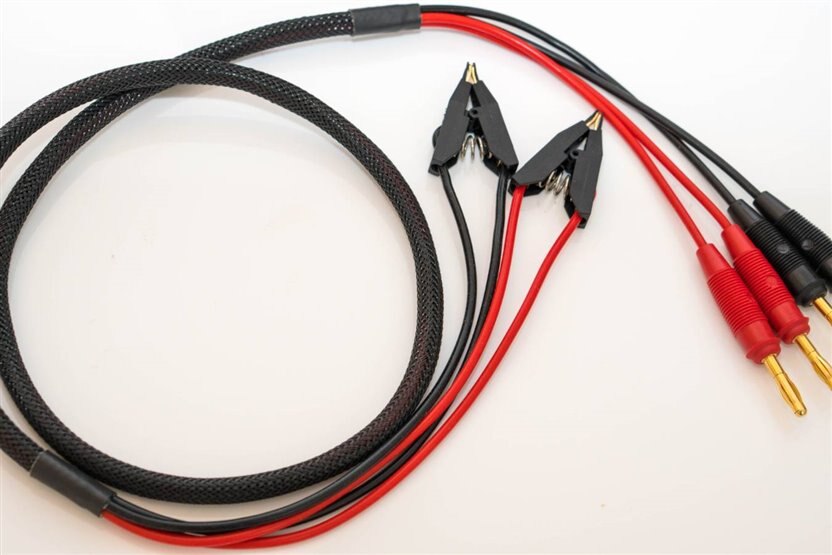

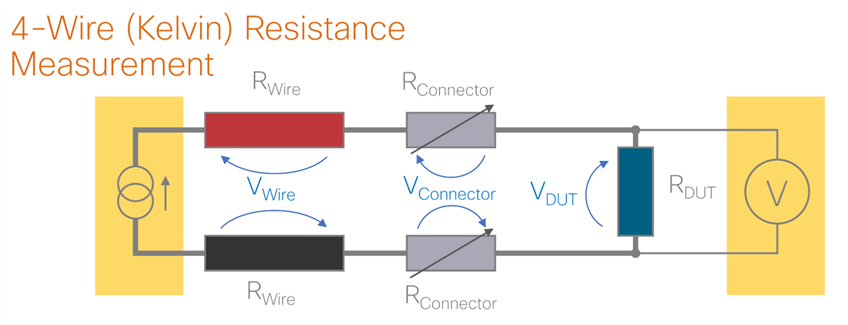
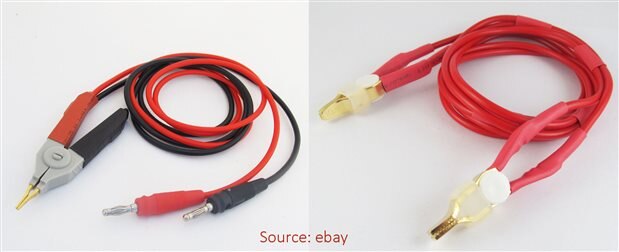
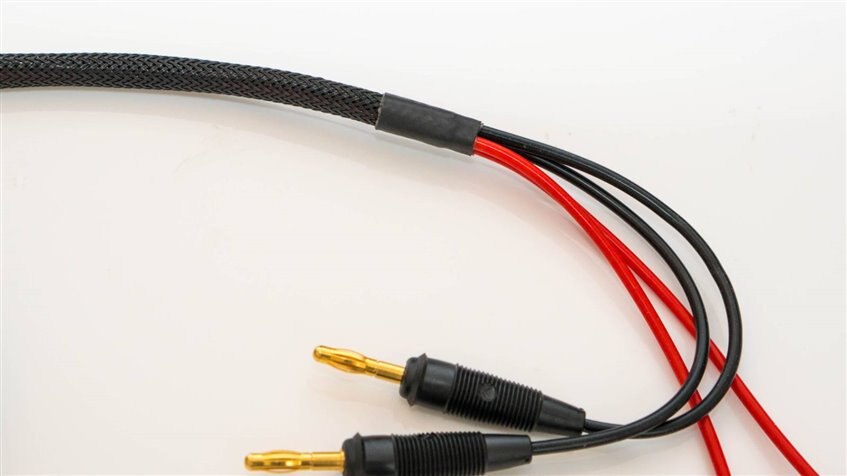
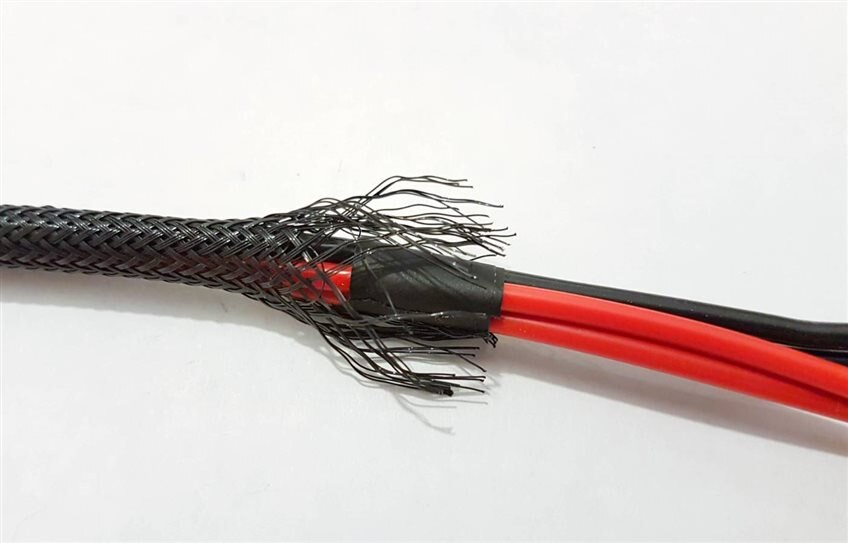
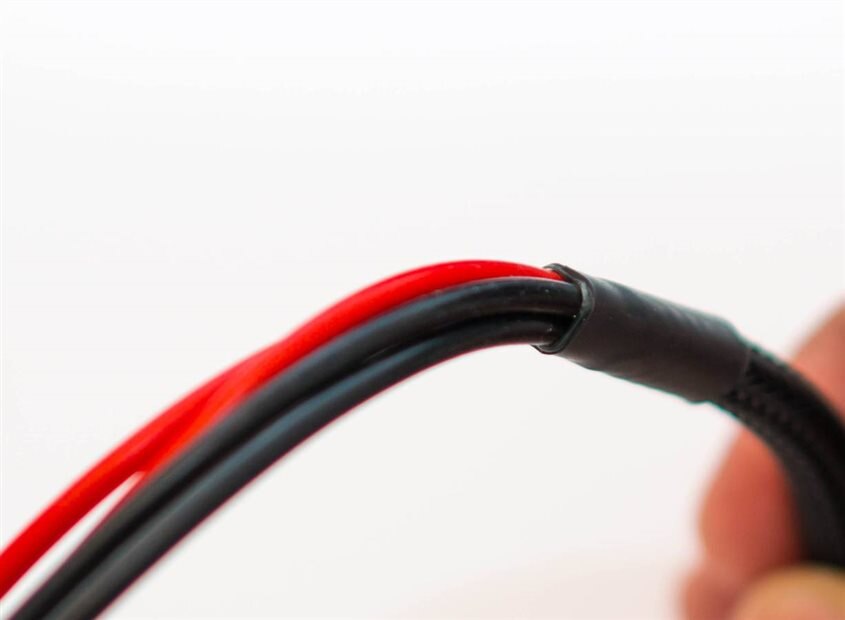
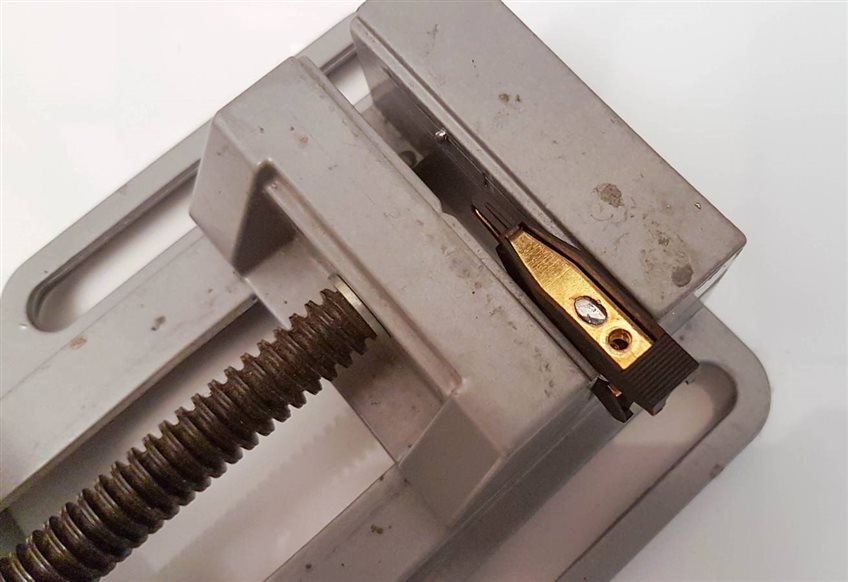
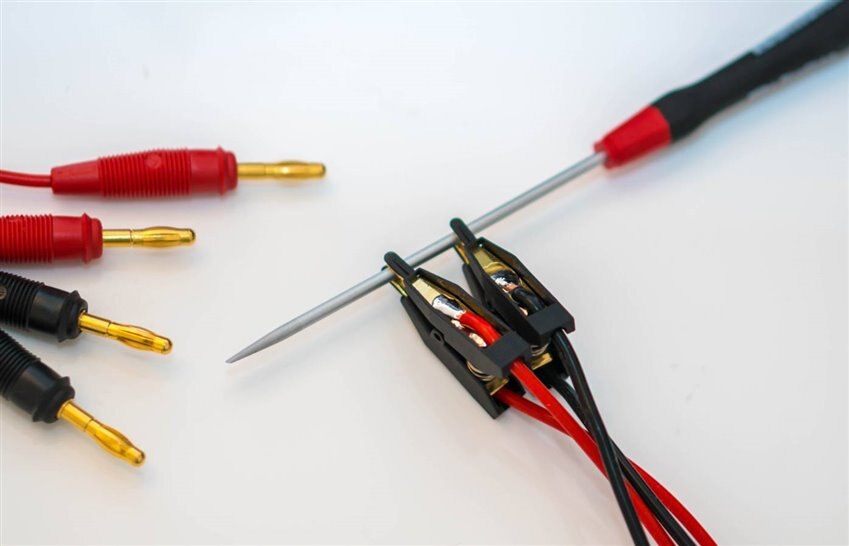
Top Comments
-

three-phase
-
Cancel
-
Vote Up
+5
Vote Down
-
-
Sign in to reply
-
More
-
Cancel
-

fmilburn
in reply to three-phase
-
Cancel
-
Vote Up
+7
Vote Down
-
-
Sign in to reply
-
More
-
Cancel
-

fmilburn
in reply to fmilburn
-
Cancel
-
Vote Up
+5
Vote Down
-
-
Sign in to reply
-
More
-
Cancel
-

shabaz
in reply to fmilburn
-
Cancel
-
Vote Up
+5
Vote Down
-
-
Sign in to reply
-
More
-
Cancel
-

fmilburn
in reply to shabaz
-
Cancel
-
Vote Up
+5
Vote Down
-
-
Sign in to reply
-
More
-
Cancel
-

michaelkellett
in reply to shabaz
-
Cancel
-
Vote Up
+4
Vote Down
-
-
Sign in to reply
-
More
-
Cancel
Comment-

michaelkellett
in reply to shabaz
-
Cancel
-
Vote Up
+4
Vote Down
-
-
Sign in to reply
-
More
-
Cancel
Children